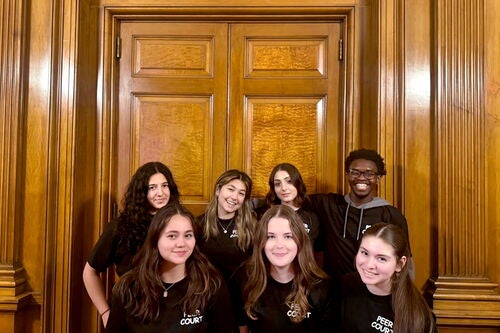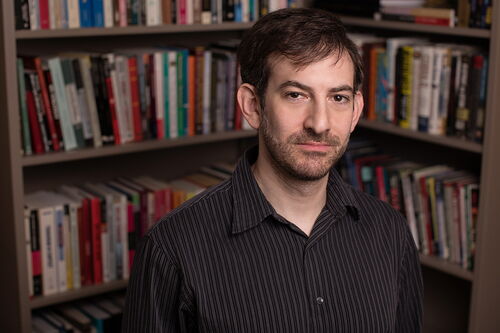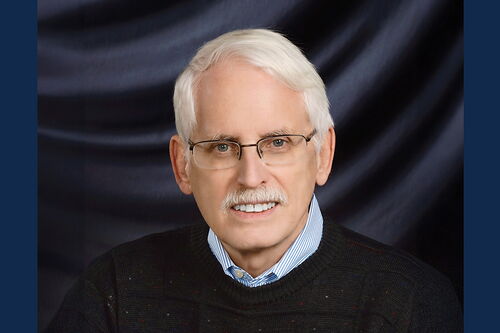Because America never forgot
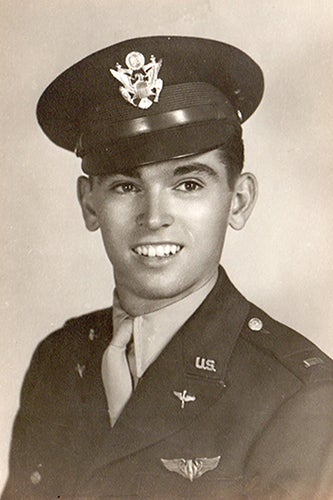
On March 11, 1944, my relative 2nd Lt. Thomas V. Kelly, Jr. and 10 other crew members of a B-24 bomber named “Heaven Can Wait” were declared missing in action after being shot down somewhere over the waters of Hansa Bay, Papua New Guinea.
For our family, as for so many families of MIAs, all that came back from the war were a few personal effects and a letter of condolence from Tommy’s commander. The Memorial Days that followed would be painful for those who remembered him — so painful that his parents and sister eventually stopped talking about him altogether.
This Memorial Day will be different. Against all odds, I will be standing alongside an extended set of living relatives to bury Tommy’s remains in his hometown of Livermore, California, more than eight decades after his death and disappearance.
The journey that took our family from uncomfortable silences to graveside closure should have been impossible. It was impossible. What made the difference was a group of Americans from all walks of life who opened the door to serendipity by quietly honoring the memories of those who had fallen in wartime service to our country.
There was my mother, Sandy Althaus, who in the 1970s once brought her young son and daughter to a family plot in a Livermore cemetery containing a memorial stone engraved with a B-24 bomber. This small detail would prompt me four decades later, on Memorial Day 2013, to take a few hours to search the internet for any information that might be found about Tommy’s final mission.
There was Justin Taylan, who started a nonprofit called Pacific Wrecks in 1995 at the age of 18 to honor the memories of Americans killed in action. The Pacific Wrecks website documents thousands of aircraft losses across the Pacific Theater of World War Two, and my internet sleuthing quickly turned up a page on Justin’s website devoted to my relative’s crew.
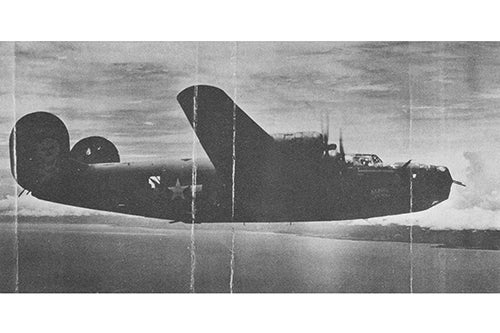
I learned that day for the first time that the military had records about Tommy’s final mission his family had never known about.
There was 90-year-old Wiley O. Woods, who served in Tommy’s wartime unit and devoted himself to curating military records and personal memories of unit veterans before depositing those precious records in a university archive. Before he died in 2015, Wiley worked with me to mine the depths of those records for information that would eventually allow us to pin down the final resting place of the “Heaven Can Wait” crew.
Yet even after Tommy’s family had a clear sense of where his plane had gone down, there would have been no way to find it if not for Pat Scannon, whose unexpected 1993 encounter with the wing of a different B-24 bomber in Palau led him to form a nonprofit called Project Recover, which uses advanced underwater robotics and sonar technologies to find Americans missing from past wars.
Pat’s organization took our family’s detailed report on the likely whereabouts of Tommy’s plane and, in 2017, went to Papua New Guinea to find it. After more than two weeks of searching, they located the wreck at a depth of over 200 feet under the surface of Hansa Bay and were able to bring back images that allowed Tommy’s family to finally see what we thought would be his final resting place.
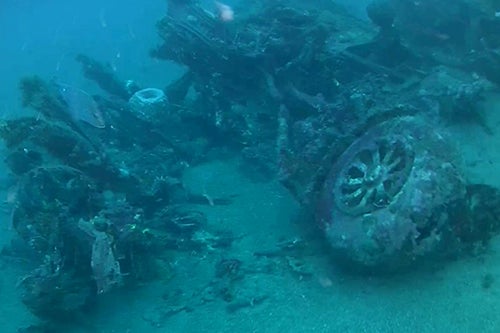
The journey should have stopped there because no one had ever attempted to recover MIA remains from such a depth. But Project Recover sent a detailed archeological report on the wreck site to the Defense POW/MIA Accounting Agency — the military arm responsible for recovering the remains of Americans lost in past wars.
The military lives by a rule that is taken as seriously in 2025 as it was in the 1940s: you never leave a buddy behind. When one of our own falls in action, the military is committed to doing whatever it can to find and repatriate their remains. And the military has a long memory.
The DPAA and the Navy found Project Recover’s report so compelling that, in 2023, they sent the Navy’s Experimental Diving Unit to Hansa Bay to recover whatever remains might still be found after all these years. It was the deepest underwater MIA recovery ever undertaken by the U.S. military. That unprecedented effort resulted in the recovery of Tommy’s remains along with those of three fellow crew members.
This Memorial Day, 81 years after his parents and sister received a telegram that they never wanted to get, Tommy’s remains will finally be laid to rest. The only reason his living relatives can gather at a Livermore graveside is because other Americans held on to the memories of long-lost loved ones in ways that drew our family’s journey forward so that our nation could keep its promise never to leave this buddy behind.

Those who die in America’s wars die for a future they will never get to see. Their future is our now, and Memorial Day invites each of us to reflect on the power of remembering. For Tommy’s family, other people’s acts of memorializing the fallen opened the door to a future that none of us expected, and into a journey that none of us imagined was possible. But it was possible, and this Memorial Day, Tommy’s family will be remembering with gratitude all those Americans who never forgot.
Editor's note: Scott Althaus is the Merriam Professor of political science, a professor of communication, director of the Cline Center for Advanced Social Research at the University of Illinois, and a volunteer team member with Project Recover.
More about the discovery of the plane can be found in this Project Recover press release.
A 12-minute video about the search and discovery is available here.
Subscribe to Behind the Scenes for short blog posts, photos and videos from Illinois faculty, researchers, students and staff about their work and lives. Send an email with “SUBSCRIBE BTS” in the subject line.






